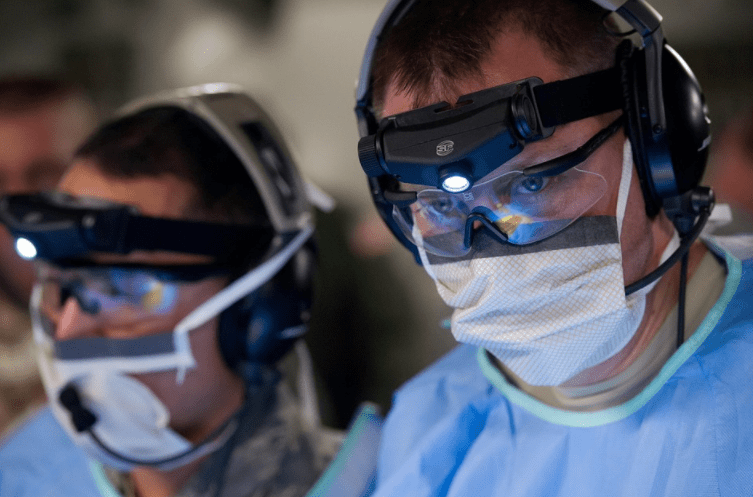
The application of virtual reality in clinical and health psychology is not new. As you can read at https://www.cadredesante.com/spip/profession/pedagogie/article/simulation-en-sante-ou-en-est-on-en-2018, other medical fields have already utilized digital technology. On the other hand, the integration of augmented reality technology in mental health fields has increased exponentially in recent decades.

The nature of augmented reality technology has a lot of potentials to help treat patients with phobias, depression, eating disorders, chronic pain, and other mental disorders. Mixing simulated components that use a person’s real environment, patients, and psychiatric care providers can address these complex problems in a more realistic light.
The Importance of Augmented Reality for Health
The list of reasons is long, and the enlarged reality is crucial for the boom in the health care market. To name but a few, here are some of the most influential theories behind the demand for continued integration of Augmented Reality into clinical and health psychology:
The first is the importance of AR as an imaginal technology. With the help of Augmented Reality, people can feel stimulated or activated in real life. Simultaneously, therapists and psychosocial professionals have control over movement and the presence of these elements during therapy. This makes the remedies effective and allows psychosocial professionals to see first-hand how their patients respond to stimulation and understand their characteristic limitations.
The second one is the importance of AR as an embedded technique. Augmented Reality can allow people to see themselves as other people and to observe themselves doing something they have never done before. This allows people to learn adaptive behaviors that can help them solve their future problems.
Finally, the third one is AR as a connectivity technology. Aside from the accessibility and cost, the main challenges of mental health provision is geographical limitations. With augmented reality technology, people have the opportunity to undergo a productive process of mental health care, regardless of distance from their emotional caregivers.
The Application of Cybertherapy
Cybertherapy uses technologies such as virtual reality and augmented reality technology to combine existing traditional forms of therapy. Cybertherapy is increasingly being accepted as a valuable and effective approach to improving the way professionals help their patients manage their psychological health problems.
The Importance of Augmented Reality in Cybertherapy
 Augmented Reality technology can combine virtual elements and environments with the real world. It is instrumental because it allows patients to immerse themselves in the real world while receiving stimulants that seem almost real. It improves the experience and allows athletes to see their patients’ responses to stimuli and control those stimuli at will.
Augmented Reality technology can combine virtual elements and environments with the real world. It is instrumental because it allows patients to immerse themselves in the real world while receiving stimulants that seem almost real. It improves the experience and allows athletes to see their patients’ responses to stimuli and control those stimuli at will.
In addition to phobias, you will discover potential new causes of augmented Reality in emotional health. A fantastic example is the digital social world introduced by Facebook. It can help patients develop a greater sense of presence, especially patients with PTSD, social anxiety, anxiety disorders, and more.
There is also a data glove that is currently being developed and improved. This will also help them cope with disruptive stimuli, increase their presence, and distract them with surgery.
The Future of Cybertherapy
Peer integration shows extreme potential, especially in the field of phobias. The advantage of using augmented Reality in therapy is that patients’ simple Reality can experience as they do is real, making the treatment process safe and effective.
It is still limited. Augmented Reality in acupuncture is used in the way it helps patients cope with migraine. However, as research and application ideas improve, it is not difficult to imagine exactly how far augmented reality technology can advance.


